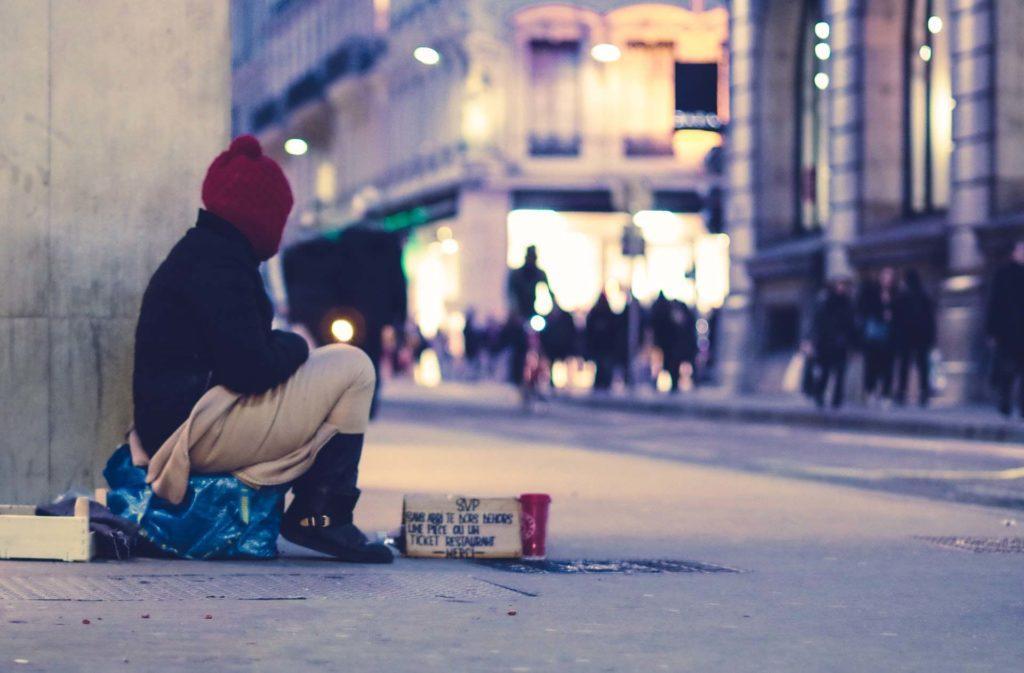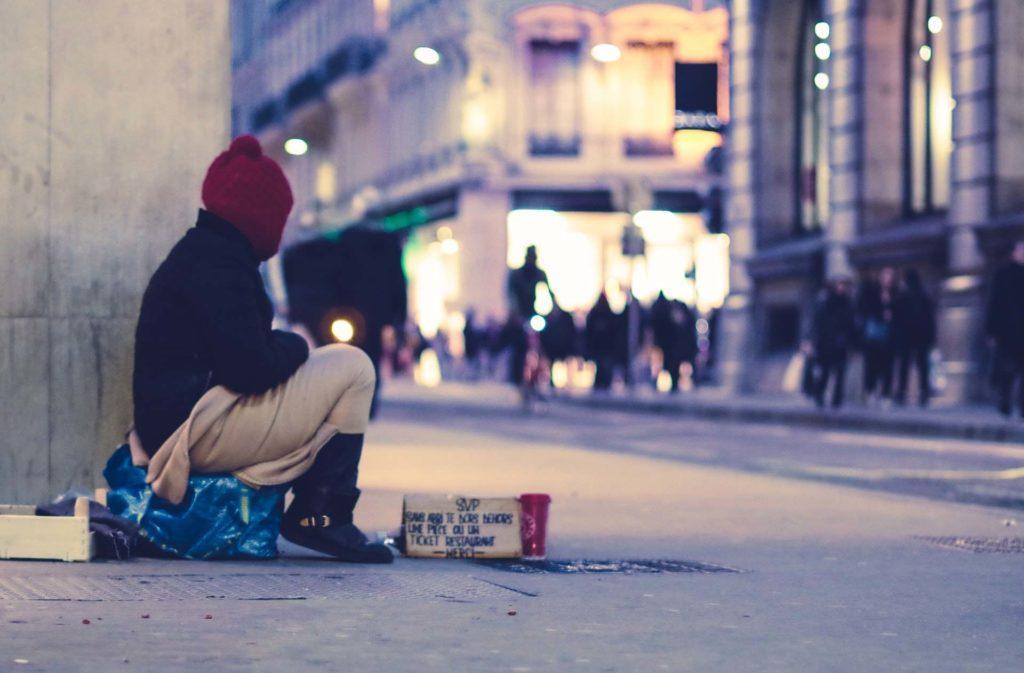
Anna is a 36-year old woman living on the streets of New York. She has been homeless since the beginning of the Covid-19 pandemic. She has been using toilet paper as her sanitary pads when she can, otherwise she would reuse old fabrics. She doesn’t have access to clean underwear, and she lives in shame and uncertainty every month. Before Covid, she was a waitress living from paycheck to paycheck and sleeping on a friend’s couch. When the pandemic hit, she lost her job, a place to sleep, as well as her freedom to manage menstruation with dignity.
After the last two years, it’s unclear how, when or whether mankind will stop the Covid-19 pandemic. This leaves little hope for the other “pandemic”, one that has existed for as long as humanity i.e. the poor menstrual management crisis that has existed since before the COVID-19 pandemic. The question is what could have been different for “Anna”, in this case a fictional character, but in reality, one who, unfortunately, without doubt, is living somewhere in New York and many other big cities around the world at this very moment?
Menstruation is a natural cyclical biological process that occurs in more than half of the world’s population. Every day approximately 800 million people menstruate. Yet in many countries, menstruators struggle with “poor education and inadequate access to menstrual hygiene tools including but not limited to sanitary products, washing facilities, and waste management”. In short, they faceperiod poverty. The World Bank estimates that 500 million women and girls globally live in period poverty, meaning that about 12.8% of women and girls live in poverty and struggle to access the resources to manage their periods. This in turn generates stigma that prevents menstruators from living with menstrual dignity. Many middle and low-income countries in Africa and America, as well Southeast Asia, try to address period poverty through implementing water, sanitation and hygiene (WASH) measures and Sustainable Development Goals (SDGs) (3, 4, 5, 6 and 10) -related recommendations to create new policies. Quite a few of these policies focus on girls in schools.
Period poverty is however not just a problem in the “South”, with data showing that period poverty is increasingly becoming an issue in wealthy countries as well. In the USA, for example, every 5th girl lives in period poverty.
Enter “Anna”. She’s a part of a group of marginalized women who live in period poverty in the North. When promoting policies addressing period poverty, most interventions fail to reach the last mile, even in the “Global North”. Indeed, homeless women, and women from low and middle-income households living in high-income countries are often not considered a target group for these policies. Instead, typical target groups are adolescents and young adults and in recent years new policies have tended to target schools, colleges and universities. Don’t get me wrong: this focus on the young is obviously major progress. But it’s not enough. There’s a need for a universal coverage policy for menstrual products. Countries should follow the example of Scotland to put into law and contextualize a policy of providing menstrual sanitary products for all menstruators.
Let’s zoom in perhaps a bit more on some of the experiences of the homeless and other unprivileged and marginalized populations of women who are forgotten and often not included in these policies. A 2016 UK report on “the experiences of menstruation by homeless women” emphasized the problem of period poverty as well as the devastating mental and physical toll that stigmatization of menstrual dignity brings with it. Cheryl, Emely and Michaela are some of the women who participated in this study, and shared their experience:
“It’s having the money to get hold of sanitary towels, ‘cause I’m using the money for other things. But if I buy the cheap brands, it’s 20 minutes and I’m flowing again. It’s like cheap nappies, you just can’t take that risk” – Cheryl
“It’s like having a warden, and you don’t really want to be like ‘please sir, can I have something for my bleeding?’ ” –Emily
“I would never ask; I’d be too embarrassed” –Michelle
Menstrual sanitary products, which are essential for the health of menstruating people, are identified and taxed as luxury products, making them unaffordable for (too) many menstruators. This problem is a reality, in both low and high-income countries. As a result, menstruators are left to resort to alternative resources such as toilet paper, and fabrics. Some even resort to offering sexual favors or services to be able to buy or afford menstrual products, pushing people who menstruate into prostitution.
Even where help is available, it is often limited. For instance, while homeless women’s and other women’s shelters may provide menstrual sanitary products, it is not guaranteed that products will always be in stock. In addition to this, the stigma and embarrassment that many women feel stops them from reaching out for help (see above-mentioned testimonies).
On the bright side, during the past 5 years, a movement to counteract period poverty has gained momentum. New policies have been created and many different NGOs have become involved in helping homeless women and others in need, to get menstrual products. Unfortunately, the campaign against period poverty has taken a big step backwards as a result of the Covid-19 pandemic. The significant economic impact of the pandemic on many families has caused them to prioritize other basic needs, which means women from many different socioeconomic classes are experiencing period poverty.
In conclusion, whether the (Covid-19) pandemic is now “over” or not, we need to deal with this (centuries old) period poverty “pandemic”. We must look at the policies that exist and create new ones that reach beyond what has been done today to be able to answer the question of “what could have been different for Anna?”. Scotland is the obvious role model in this respect. We should learn from them and take steps to ensure that all menstruators feel free and liberated in their menstruation, regardless of age or socioeconomic status. Lawmakers need to create universal policies to reach all menstruators at all socioeconomic levels.
Even though there is inequality, stigma and period poverty, I still have a dream, a dream that flows through me, where everyone who menstruates, can do so freely and with dignity.

Nice!